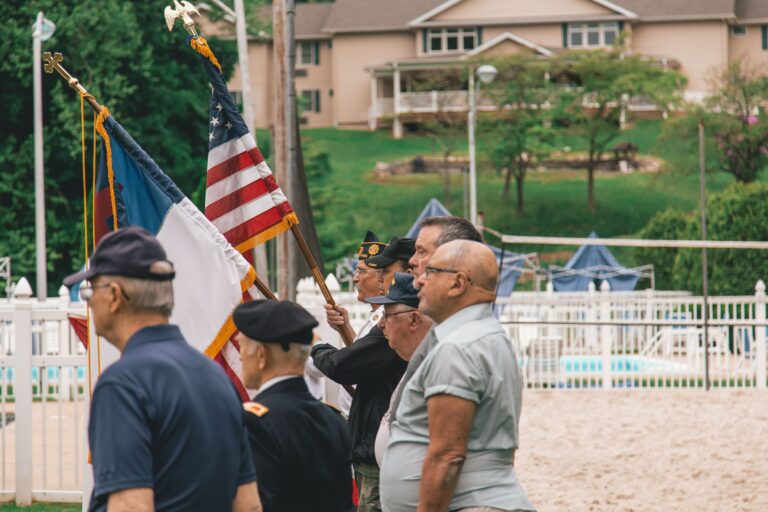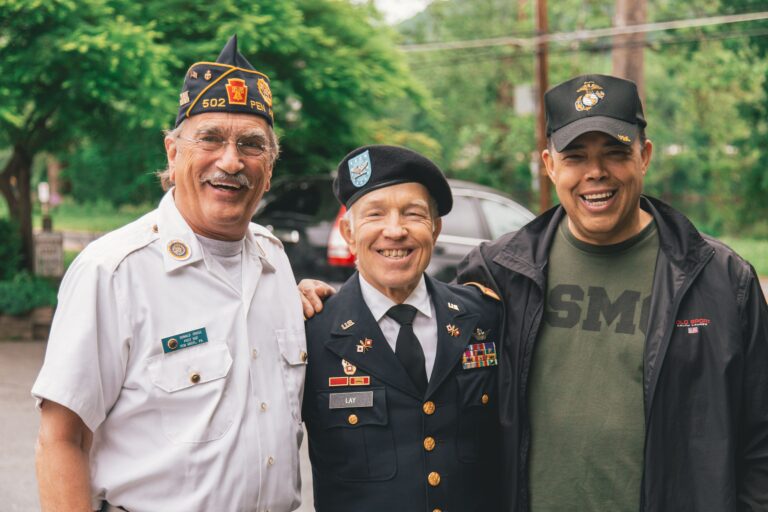
How is the VA Handling Aging Veterans?
The Department of Veterans Affairs and veterans organizations across the country are working to care for a new generation of older veterans who are apt to have greater expectations for longevity and independence than earlier generations, yet also may struggle with more complex medical conditions, reports Military Times’ recent article entitled, “America faces a tidal wave of aging military veterans.”
“We’re kind of compounding multiple variables, in the sense that not only are people living longer, but … many of them survived something that wasn’t survivable,” says Scotte Hartronft, the director of geriatrics and extended care at VA. “A lot of veterans have survived significant injuries over the last couple of conflicts that [they] wouldn’t have survived in previous wars.”
In California, the most populous state and home to the highest number of vets, the State Department of Veterans Affairs, known as CalVet, the state’s veterans department, is working to create a modern facility that centers the needs and dignity of older veterans. Like VA facilities across the country, people charged with caring for veterans must address the same question: How do we best care for those who have served on our behalf as they grow old?
Other states also have issues: between 2021 and 2041, the number of veterans older than 85 is expected to increase by 31%. That’s partially because the overall number of veterans nationwide is actually decreasing. Between 2000 and 2018, the number of veterans in the country declined by a third — the bulk of Americans who have served in the military served decades ago.
Vietnam and Gulf War-era veterans represent a different slice of the population than veterans who fought in World War II and Korea: the number of women veterans over 65 is expected to increase by 237% between 2021 and 2041. Racial diversity is also increasing, and the geographic distribution of veterans is shifting. As a result, veterans’ care must change. Women, for example, have a greater life expectancy than men do. Women veterans will generally need more support to continue to live independently as they age for longer — a fact compounded by the fact that women, who tend to be informal caregivers to friends and family, often have more difficulty than men finding their caregivers when needed.
In addition to higher rates of post-traumatic stress and other conditions affecting mental health, veterans are more likely to be exposed to risk factors, such as traumatic brain injuries or toxic exposure, for Alzheimer’s and other dementias. Vets also have a higher chance of being diagnosed with certain types of cancer, like lung and skin cancer. Roughly 50,000 new cancer cases among veterans are reported annually; that number is expected to rise as veterans age.
Every VA medical center will offer veteran-directed care within the next two years. This popular program provides qualified veterans with a stipend to hire local caregivers to assist them with daily living or even companionship. VA is expanding home-based primary care — which provides health care to veterans at home, many of whom are housebound — to 75 new sites and expanding its Medical Foster Care program. This lets some vets live in a private home with a caregiver rather than in a nursing home. They’re also piloting a program using predictive analytics to help determine which veterans are at the highest risk of nursing home care in the coming years to connect them with preventive services.
Reference: Military Times (June 2, 2023) “America faces a tidal wave of aging military veterans”








